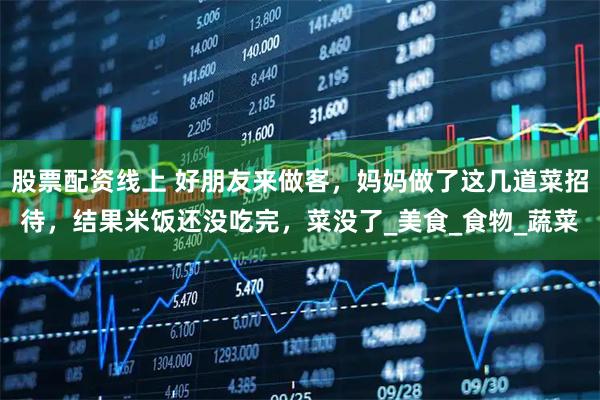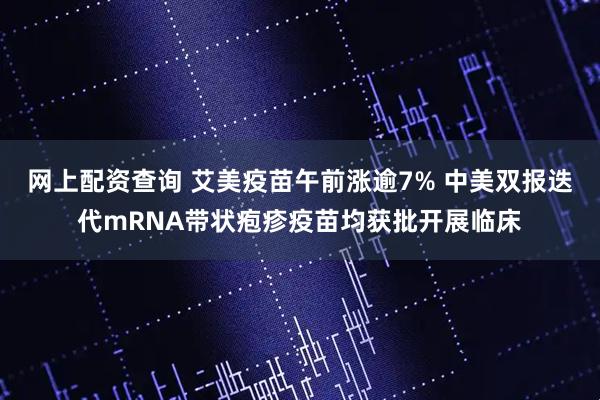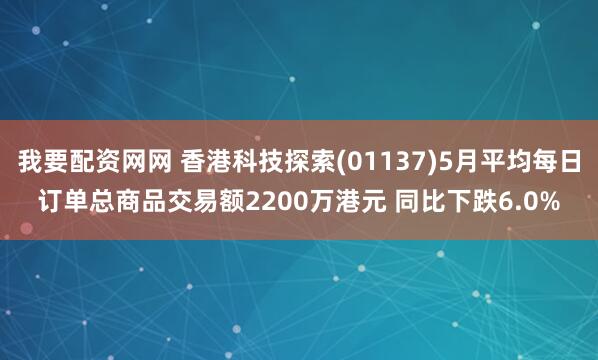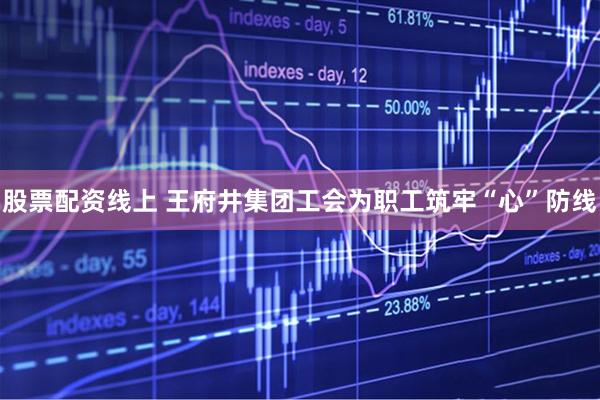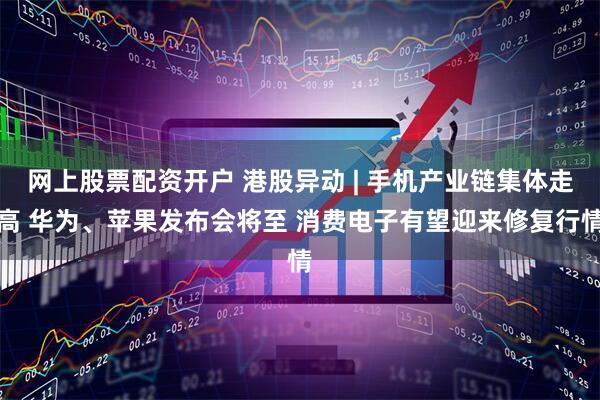“没有两只鞋底是完全相同的……”证券公司比较好

近日,《华尔街日报》一篇名为“为什么让机器人生产你的耐克鞋如此困难(Why It’s So Difficult for Robots to Make Your Nike Sneakers)”的报道指出,特朗普将关税视为重振美国制造业的利器,但耐克试图将制造迁出亚洲的挣扎历程却提供了一个警示案例。
Trump sees tariffs as a way to boost US manufacturing, but Nike's struggle to move production from Asia is a cautionary tale.
耐克耗时且耗资的自动化实验,最终因工艺、技术等问题宣告失败。
机器换人没那么简单
美国总统特朗普企图用关税政策迫使美国企业把制造业和工作岗位迁回美国。
但美国的劳动力成本高昂,这意味着企业将不得不设法用机器取代人工。事实证明,这对一些行业来说异常困难。
多年来,耐克公司(Nike)一直试图将部分生产业务从中国、印尼和越南转移到北美的努力,就显示出美国品牌想要摆脱对那些亚洲灵活、低成本的代工制造商的依赖有多难。
President Trump is betting that the threat of stiff tariffs on low-cost countries in Asia and elsewhere will pressure American companies to bring manufacturing—and jobs—back to the US.
But high US labor costs mean companies would have to find ways to replace human workers with machines. For some industries, that has proved surprisingly difficult.
Indeed, a yearslong effort by Nike to shift part of its manufacturing from China, Indonesia and Vietnam to North America illustrates how tough it is for US brands to wean themselves off the flexible, low-cost contract manufacturers.
早在2015年,耐克就开始斥资于一项计划,希望能让这个一直以来高度劳动密集型的行业实现部分自动化。
Starting in 2015, Nike poured millions into an ambitious effort to partly automate what has always been a highly labor-intensive industry.
这家制鞋巨头找到了美国制造商伟创力(Flex),一家曾帮助苹果建起复杂工厂来生产Mac Pro电脑的美国制造商。耐克希望,到2023年,能够在新建的高科技制造基地生产数千万双耐克运动鞋。
该工厂仍将雇用数千名工人,但数量将远少于在亚洲生产同样数量运动鞋所需的工人。一些参与者表示,如果成功,这个项目或许能成为在美国进行生产的模板。
The shoe giant turned to Flex, an American manufacturer that had helped Apple set up a complex factory in Texas to make Mac Pros. The goal: Make tens of millions of Nike sneakers at a new high-tech manufacturing site in Guadalajara, Mexico, by 2023.
The plant would still include thousands of workers, but far fewer than are needed in Asia to make the same number of sneakers. If successful, the project could be a model for production in the US, according to some involved in the effort.
与此同时,耐克的竞争对手们也开始重新思考制造业模式。阿迪达斯(Adidas)大约在同一时间推出了“快速工厂”,利用高科技机械快速生产运动鞋。时任服装制造商安德玛(Under Armour)创新执行副总裁凯文·哈利(Kevin Haley)曾承诺将利用自动化技术在巴尔的摩生产鞋子。
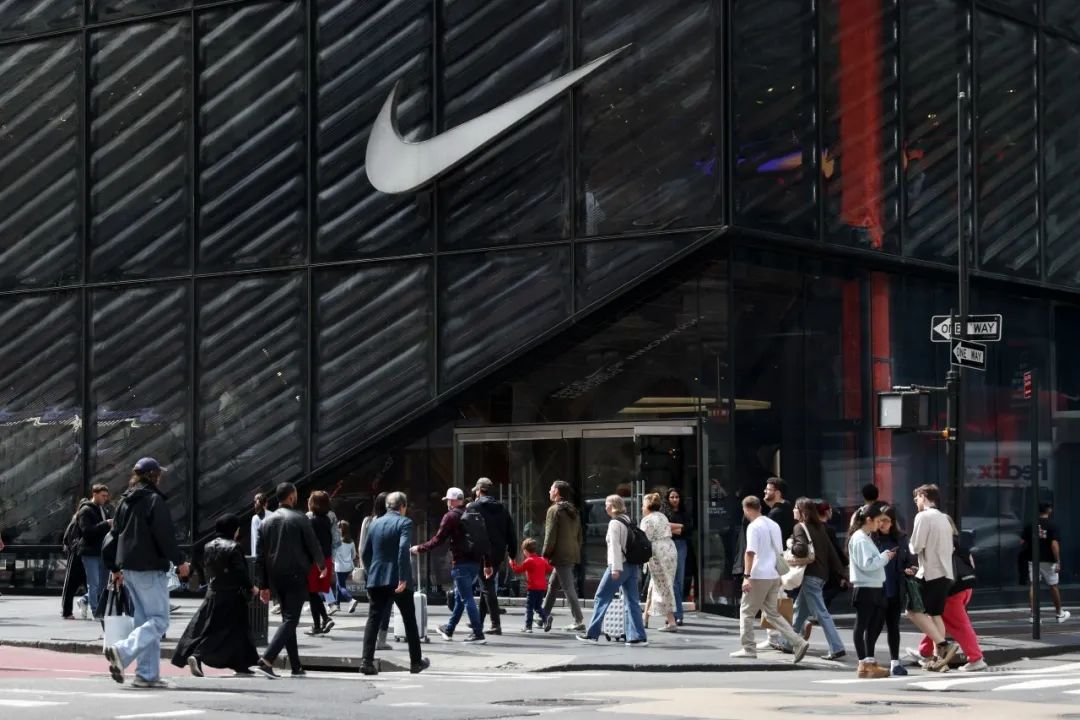 图源:东方IC
图源:东方IC耐克的计划是在不到10年的时间里实现大规模自动化生产,节省劳动力成本证券公司比较好,能够更快地交付新款运动鞋。但这项工作很快就遇到了麻烦。
机器人很难处理制鞋过程中不可或缺的柔软、粘稠和有弹性的部件。鞋类织物也会随温度变化而膨胀和收缩。在制鞋过程中,没有两只鞋底是完全相同的。
人工可以适应这样的挑战,但事实证明机器很难做到这一点。
The robots struggled to handle the soft, squishy and stretchy parts that are integral to shoemaking.Shoe fabrics also expand and contract depending on the temperature, while in shoemaking no two soles are exactly alike.
Human workers can adapt to such challenges, but it proved difficult for machines.
曾为伟创力监督这个项目的汤姆·弗莱彻(Tom Fletcher)表示,“你试图做一些非常精确的事情,但温度稍微变冷或变热,材料就会发生变化。我们没有预料到这一点。”
“You’re trying to do something very precise and then it gets a little colder or warmer, and the material changes on you,” said Tom Fletcher, who oversaw the project for Flex. “We did not anticipate that.”
因此,工厂的生产从未实现预期的自动化水平。
随着运动鞋产量的增加,工厂员工数量激增至5,000人,约为原计划的两倍,成本也超过了越南类似规模的工厂。事实证明,粘合鞋底和鞋面等精细工作在内的诸多任务都很难实现自动化。
弗莱彻说:“如果操作不当,鞋子就会出现明显的扭曲,这种偏差从美学角度而言意味着无法通过质量测试。”
As a result, factory production never became as automated as envisioned. As shoe production increased, the factory personnel swelled to 5,000, about twice as many as originally planned and costing more than a similar workforce in Vietnam. Task after task proved challenging to automate, like the delicate work of gluing soles to the upper part of the shoe.
“If you didn’t lay it the right way, there would be a noticeable twisting of the shoe, a misalignment that aesthetically means it would fail quality tests,” said Fletcher.
愿景与现实的冲突
自动化生产意味着要设计出机器可以不断重复生产的简单产品。
而耐克生产的鞋子种类繁多。与汽车或iPhone不同,鞋子的款式一直在变化。
A central problem was also the huge variety of shoes Nike produces. And unlike cars or iPhones, shoe models are changing all the time.
But automating manufacturing means designing simple products that machines can undertake over and over again.
文章提到,伟创力团队曾花费八个月时间才找到一种可以将耐克标志添加到鞋子上的自动化方法,但耐克却转而生产新的鞋款,伟创力开发的方法不再适用。
负责监督该项目的耐克前高管迈克尔·牛顿(Michael Newton)说:“你必须对产品设计、材料的复杂性和使用的模型做出一些牺牲。这与消费者的愿望背道而驰。他们想要的是产品令人难以置信的多样性。”
“You have to make sacrifices from how to design to the complexity of the materials and models you’ll work with,” said Michael Newton, the former Nike executive who oversaw the project. “That goes against what the consumer wants. They want incredible diversity of product.”
牛顿表示,耐克不愿意限制其设计,并希望制造商能生产出设计团队设想出的任何新鞋。
2017年,伟创力的投资者对该公司不断上升的成本望而却步,一些人质疑一家生产电子产品的公司为什么要参与制鞋业。
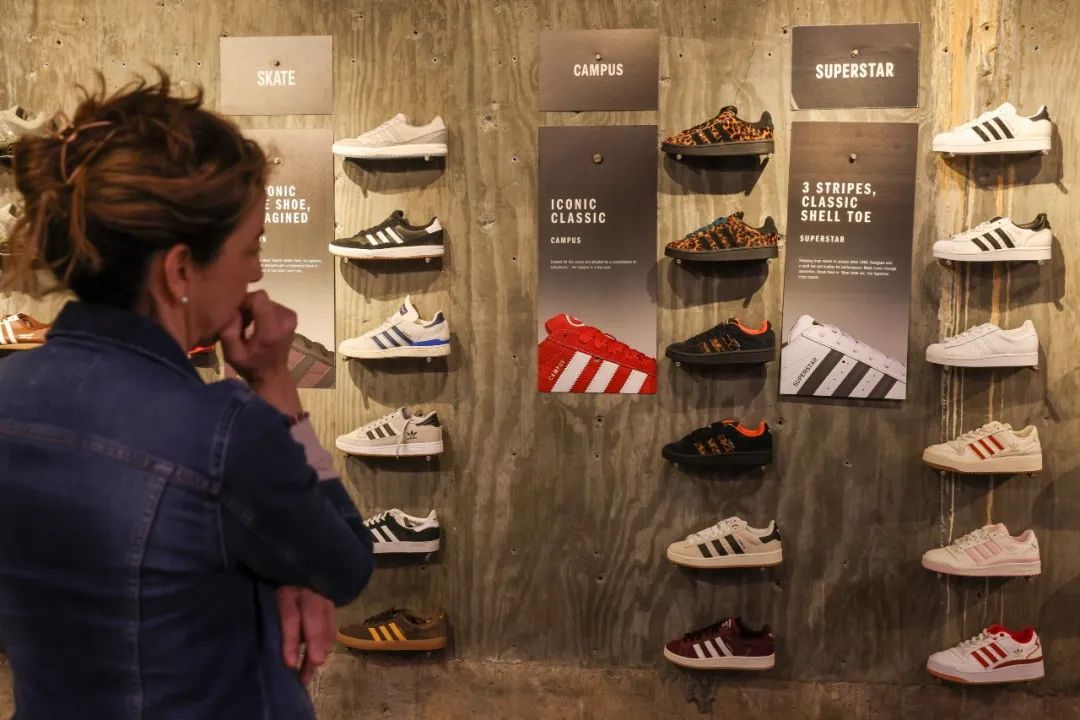 图源:东方IC
图源:东方IC文章提到,2019年初,伟创力和耐克结束了这个项目。而阿迪达斯和安德玛也对其过去将生产回迁本土的努力不予置评。
美国商务部部长霍华德·路特尼克(Howard Lutnick)表示,政府希望劳动密集型产业回归美国。
在最近接受哥伦比亚广播公司(CBS)采访时他提到,美国将需要“数百万甚至上千万的人拧小小的螺丝来制造iPhone”。
Commerce Secretary Howard Lutnick has said the administration wants labor-intensive industries to return to the US.
There will be an “army of millions and millions of people screwing in little, little screws to make iPhones,” he said in a recent interview with CBS.
当精密的机械遇到柔软的布料,“美国制造”的雄心在制鞋业遭遇了滑铁卢。
编辑:李金昳
来源:华尔街日报
China Daily精读计划每天20分钟,英语全面提升!
↓↓↓

推 荐 阅 读
]article_adlist--> ]article_adlist-->
]article_adlist-->
 海量资讯、精准解读,尽在新浪财经APP
海量资讯、精准解读,尽在新浪财经APP
启泰网提示:文章来自网络,不代表本站观点。


